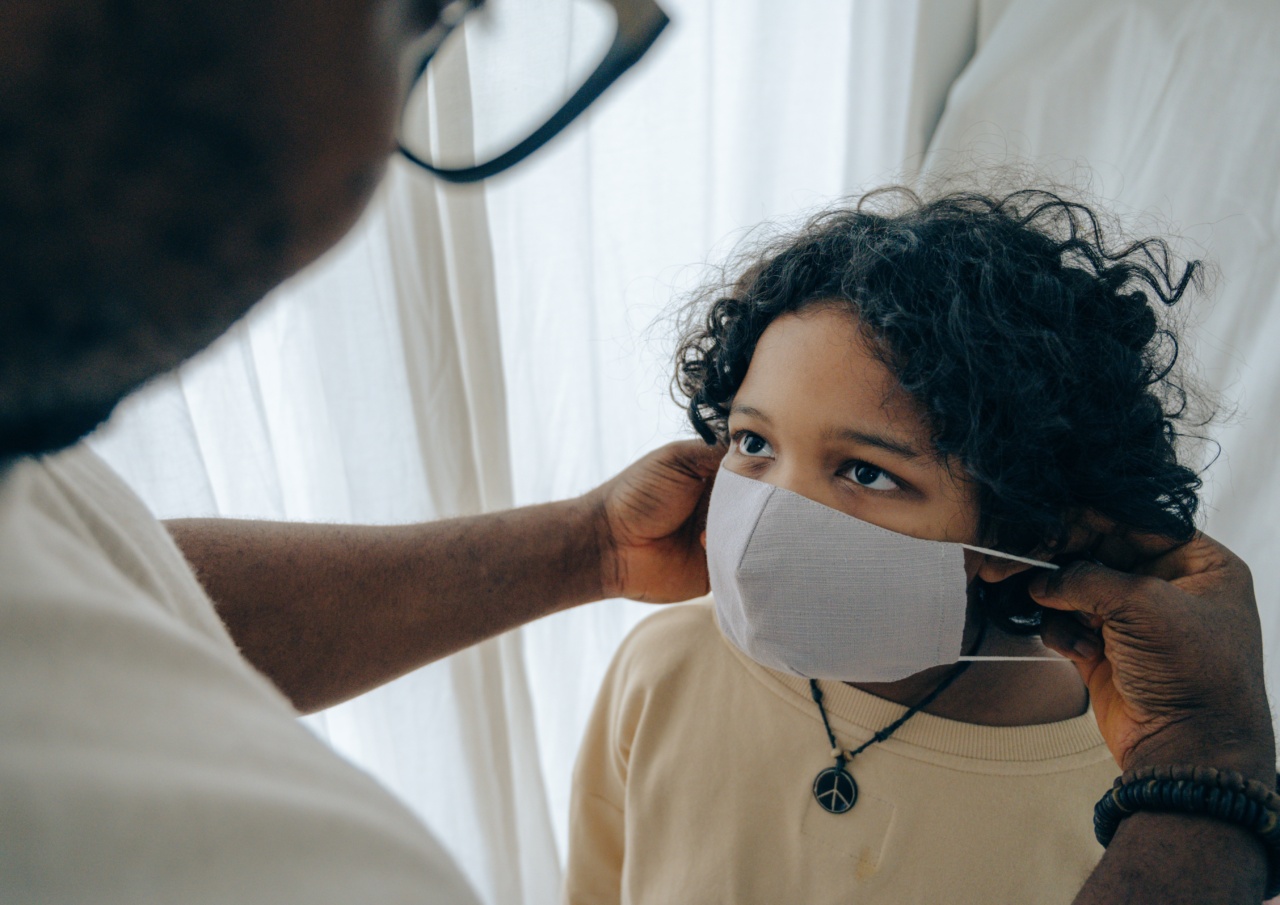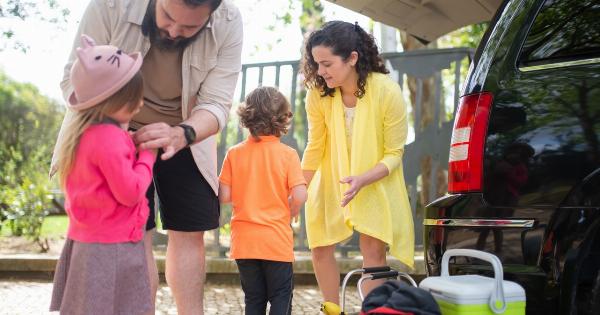Hot car safety is a crucial consideration for parents and caregivers, as extreme temperatures inside vehicles can pose a serious threat to children. Heatstroke, a potentially fatal condition, can rapidly occur when a child is left alone in a hot car.
To ensure the well-being of your child, it is important to understand the dangers associated with hot cars and implement preventive measures. In this article, we will discuss essential tips and guidelines to protect your child from heatstroke in hot cars.
Understanding the Dangers
Before diving into prevention strategies, it is vital to grasp the dangers that hot vehicles present to children. A car’s interior can heat up quickly, reaching deadly temperatures within minutes, even if the outside temperature seems mild.
According to studies, the temperature inside a car can rise by nearly 20 degrees Fahrenheit within the first ten minutes, and by over 40 degrees within an hour.
Children, especially infants and toddlers, are more susceptible to heatstroke due to their inability to regulate body temperature effectively.
Their tiny bodies heat up three to five times faster than adults, making them extremely vulnerable to heat-related illnesses. Furthermore, leaving windows partially open or parking in the shade does not significantly reduce the interior temperature of a car.
Tips to Prevent Heatstroke
Ensuring your child’s safety from heatstroke involves a combination of vigilance, organization, and awareness. Follow these tips to protect your child from the dangers of extreme heat:.
Never Leave Your Child Unattended
Never leave your child unattended in a vehicle, even if it is for a few minutes. It is easy to underestimate the time it takes for heat to build up inside a car. Regardless of the circumstance, always take your child with you when leaving the vehicle.
Make it a habit to double-check the back seat every time you exit the car to avoid accidental child abandonment.
Keep Vehicles Locked
Keep your vehicles locked at all times, even when parked in your driveway or garage. This precaution will prevent curious children from entering unattended vehicles out of sheer curiosity.
Children are naturally adventurous, and they may unknowingly put themselves in danger if they gain access to a parked car.
Teach Children About Car Safety
Teach your children about car safety and the dangers of playing inside vehicles. Make them understand that cars can become extremely hot and that they should never enter a vehicle without adult supervision.
Encourage open communication and answer any questions they might have about car safety.
Create Visual Reminders
Create visual reminders to reduce the risk of accidentally leaving your child behind in a hot car. Place your bag, phone, or any other essential item next to your child’s car seat as a visual cue.
This way, you will be reminded to check the back seat before leaving the vehicle.
Utilize Technology
Take advantage of technology to monitor your child’s safety in the car. Install a rear-seat reminder system or a car seat with built-in sensors that alert you if your child is still in the seat after the engine is turned off.
Numerous smartphone apps are also available that send alerts to your phone if you leave the car without your child.
Spread Awareness
Spread awareness about hot car safety among your friends, family, and community. Educate others about the risks associated with leaving children in hot cars and the preventive measures they can take.
By sharing this knowledge, you contribute to creating a safer environment for all children.
Safe Car Practices
Besides taking preventive measures, practicing safe car habits significantly reduces the risk of heatstroke. Follow these guidelines to ensure your child’s well-being:.
Check the Back Seat
Always check the back seat before locking the vehicle, regardless of whether your child is with you. It helps develop a habit of re-evaluating the situation and prevents accidental child abandonment.
Keep Car Doors Locked
Keep the car doors locked, even when the vehicle is not in use. This safety measure prevents children from entering the car without your knowledge or supervision.
Park in the Shade
Whenever possible, park your vehicle in shaded areas to minimize the heat buildup inside. While this won’t eliminate the risk entirely, it can help reduce the temperature inside the car.
Use Sunshades and Window Tinting
Install sunshades on the rear and side windows to block out the sun’s harsh rays. Additionally, consider applying window tinting to reduce the amount of heat that enters the vehicle.
Child Car Seat Safety
Properly installing and utilizing child car seats is crucial for their safety and comfort. Make sure to:.
Choose an Appropriate Car Seat
Select a car seat that is suitable for your child’s age, weight, and height. Follow the manufacturer’s guidelines and recommendations when purchasing and installing a car seat.
Install the Car Seat Correctly
Read the car seat’s instruction manual and follow the installation steps precisely. Ensure the seat is installed tightly using either the seat belt or the LATCH system.
Verify that the car seat does not move more than an inch in any direction after installation.
Secure Your Child Properly
Follow the car seat’s instructions to buckle your child securely. Adjust the harness straps to fit snugly around your child, ensuring that they cannot be easily slipped off.
Regularly Check Car Seat Temperature
Before placing your child in the car seat, check the temperature of the seat surface. Hot metal or plastic parts can potentially burn your child’s skin.
Conclusion
Hot car safety is a matter of utmost importance when it comes to protecting your child from heatstroke.
By understanding the dangers, implementing preventive measures, and practicing safe car habits, you significantly reduce the risk of heat-related illnesses. Always remember to stay vigilant, keep your child with you at all times, and spread awareness about the importance of hot car safety. Together, we can create a safer environment for our children.































